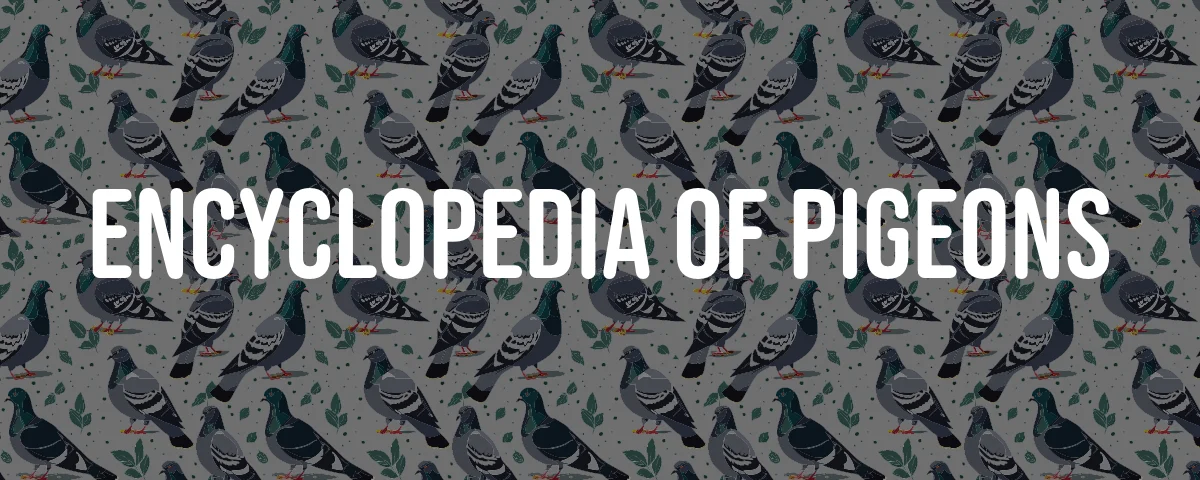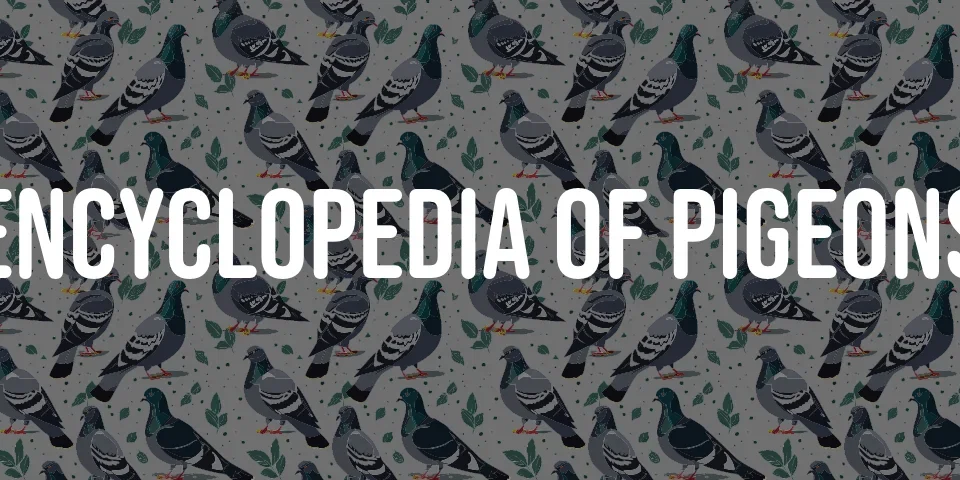The German Long-faced Tumbler is a breed of fancy pigeon distinguished by its elegant appearance and long, slender beak. This breed, developed primarily in Germany, is celebrated for its grace, flying capabilities, and unique aesthetic qualities. It is a result of meticulous breeding practices aimed at achieving a specific look and behavior, making it a favorite among pigeon fanciers worldwide.
History and Origin
The German Long-faced Tumbler’s origins can be traced back to the late 19th century in Germany. The breed was developed through selective breeding practices that focused on enhancing the pigeon’s physical attributes, particularly its long beak and elegant body structure. The breed’s development was influenced by other tumbler pigeon varieties, with a significant contribution from the Old German Magpie Tumbler, known for its excellent flying abilities and distinctive appearance.
Gustav Fischer of Magdeburg is credited with creating the pearl-eyed ‘flying type’ pigeon that would become today’s White German Long-faced Tumbler in 1896. The breed quickly gained popularity among pigeon fanciers for its beauty and flying skills.
Physical Characteristics
The German Long-faced Tumbler is known for its slender, elegant body and long, tapering beak. Its appearance is marked by a high carriage and a long, slim neck, carried vertically. The breed’s legs are set parallel and under the body, contributing to its elevated stance. The breast is narrow but round, carried high without protruding. The wings are well closed but not so clutched that they cross over the tail, which is proportionally short, well closed, and in an unbroken line with the back.
Key Data
| Feature | Description |
|---|---|
| Origin | Germany, late 19th century |
| Beak | Long, slender, tapering |
| Eyes | Pearl color |
| Body | Slender, elegant, high carriage |
| Neck | Long, slim, carried vertically |
| Legs | Parallel, set under the body |
| Breast | Narrow but round, carried high |
| Wings | Well closed, not crossing over the tail |
| Tail | Short, well closed, in line with the back |
| Flying Abilities | Excellent, suitable for free flight and aviary living |
Behavior and Temperament
The German Long-faced Tumbler is not only admired for its physical beauty but also for its behavior. These pigeons are known for their calm and peaceful temperament, making them suitable for both free flight and aviary living. They are intelligent birds, capable of forming strong bonds with their owners and adapting well to different environments. Their flying abilities are commendable, with the breed being capable of performing aerial acrobatics, including tumbling, which adds to their appeal.
Breeding and Care
Breeding German Long-faced Tumblers requires attention to detail to maintain the breed’s standard. Selective breeding is essential to ensure that the offspring exhibit the desired physical and behavioral traits. The breed is suitable for free flight as well as aviary living, with the caveat that the aviary should be spacious to accommodate their flying needs. Optimal housing conditions can lead to up to six breeding rounds per year, provided that the breeding stock is in excellent condition.
Interesting Facts
- The German Long-faced Tumbler was developed from a desire to create a pigeon with both aesthetic appeal and flying capabilities.
- The breed’s long beak and elegant body make it one of the most distinctive fancy pigeon breeds.
- It is capable of performing tumbling maneuvers in flight, a trait that adds to its allure among pigeon fanciers.
- The breed has a rich history of development, with contributions from various other pigeon breeds to achieve the ideal form and behavior.
The German Long-faced Tumbler stands as a testament to the art of pigeon breeding, combining beauty, grace, and performance in one breed. Its development reflects the dedication of breeders to perfecting a pigeon that not only meets aesthetic standards but also excels in flying abilities. This breed continues to captivate the hearts of pigeon enthusiasts around the world, serving as a symbol of elegance and refinement in the avian world.





